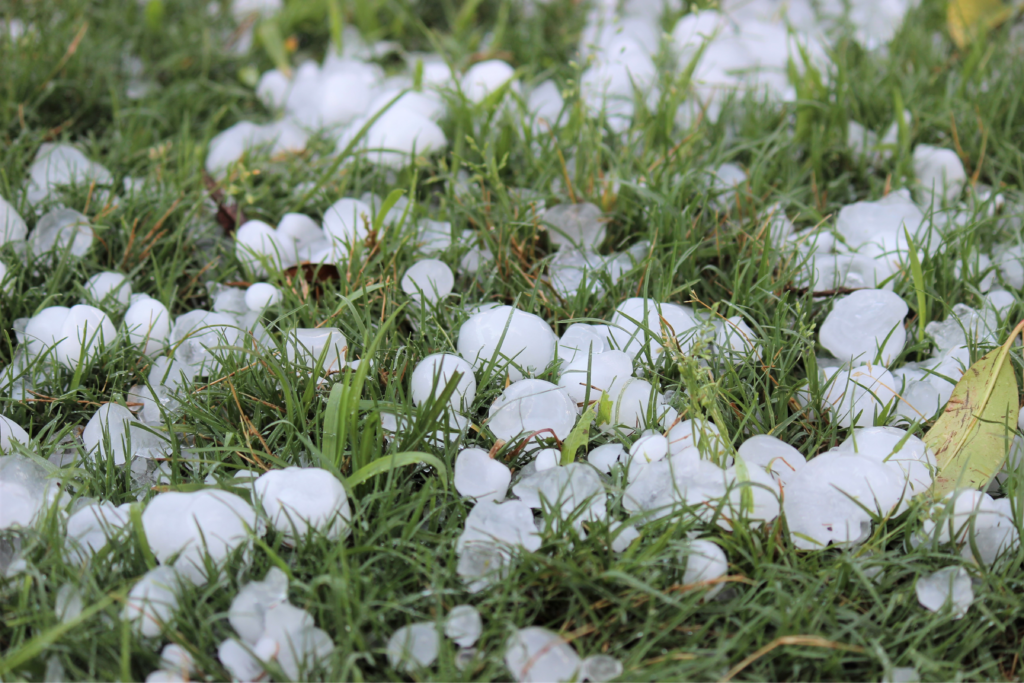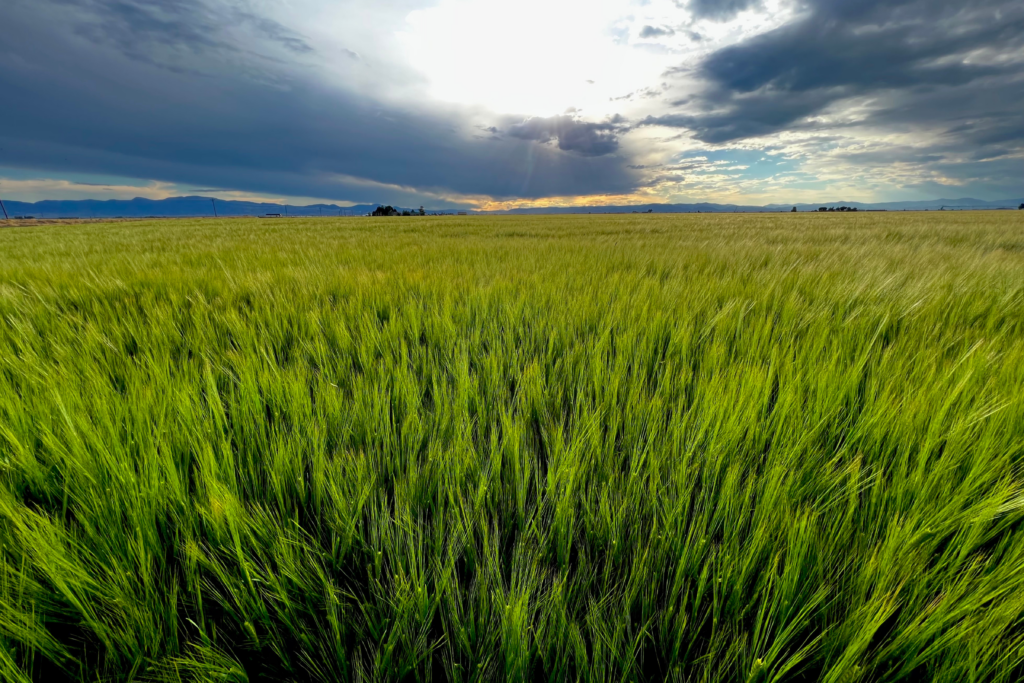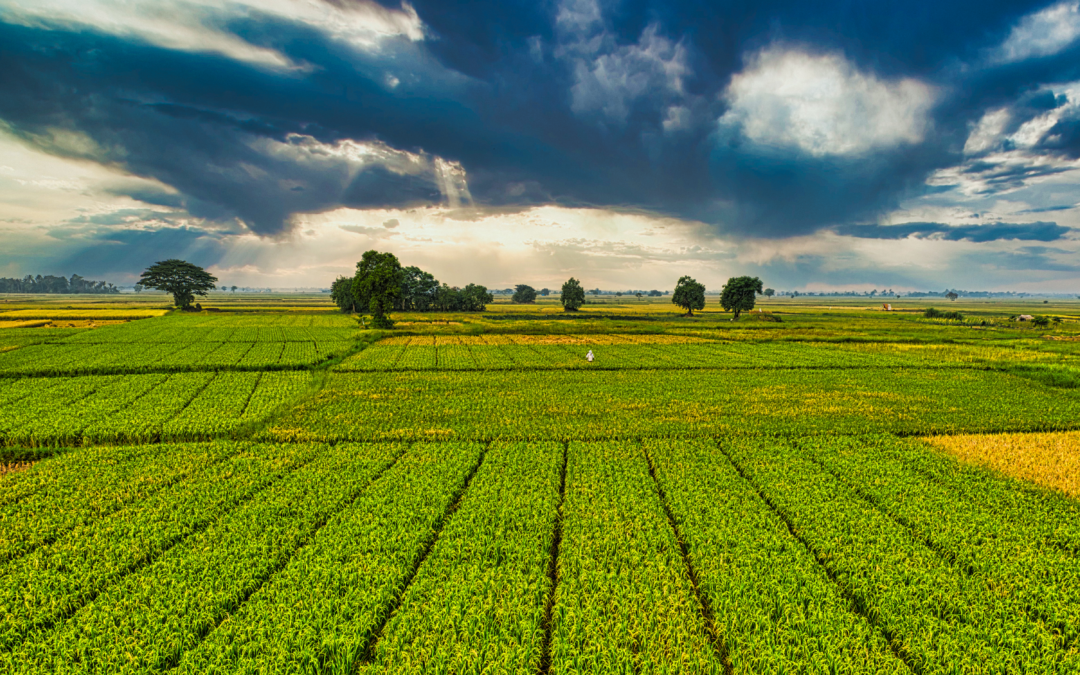In the vast world of agricultural risk management, two types of insurance are essential for all farming operations: Crop-Hail Insurance and Crop Insurance. Although they may look similar, these types of insurance have specific features and particular purposes, making them two essential coverage options that any Colorado farmer should have. To help you navigate the intricacies of these farm insurance types, here is a helpful breakdown of the most critical differences between crop hail and crop insurance:
Crop-Hail Insurance: Farmer’s Protection Against Nature’s Wrath
Crop hail insurance is designed to protect farmers from hail’s destructive and unpredictable power. Unlike crop insurance, which is part of a federal program, crop-hail insurance is provided by private insurers and administered by state insurance departments such as Farm Credit of Southern Colorado.
Unique Features of Crop-Hail Coverage:
 Targeted Coverage: Crop-hail insurance protects crops from hail and fire damage, protecting high-yielding crops exposed to these natural disasters.
Targeted Coverage: Crop-hail insurance protects crops from hail and fire damage, protecting high-yielding crops exposed to these natural disasters.
Convenience of Purchase: Farmers can purchase crop and rainfall insurance anytime during the growing season, giving them peace of mind against unexpected weather disasters.
Customized Protection: Coverage is per acre, ensuring that hail damage is compensated accurately without showing farmers suffer crop losses.
Getting Paid Faster: In the event of a hailstorm, crop-hail insurance policies are flexible and payout quickly, allowing farmers to absorb losses faster and minimize losses.
Crop Insurance: Farmer’s Comprehensive Risk Management Assurance
On the other hand, Comprehensive Crop Insurance, also known as Multiple Crisis Crop Insurance (MPCI), is a federal crop insurance program administered by the Federal Crop Insurance Corporation (FCIC) that provides comprehensive protection against various natural disasters such as diseases or market price fluctuations. This coverage is all-inclusive insurance to protect your crops from anything other than just hail.
Unique Features of Crop Insurance:
 Purchase Before Planting: Farmers should purchase crop insurance before planting their crops to cover all potential losses during the growing season.
Purchase Before Planting: Farmers should purchase crop insurance before planting their crops to cover all potential losses during the growing season.
General Coverage: Crop insurance protects against natural variations and market risks and provides financial support for yield and income losses.
Government Subsidies: The federal government subsidizes crop insurance premiums, making them accessible and affordable to most farmers.
Structured Deductibles: While crop insurance generally comes with significant deductibles for catastrophic risks, it also offers comprehensive protection against a wide range of risks for more peace of mind.
Conclusion:
These two ag insurance services are detrimental to any Colorado farm or ranch. Like any other insurance policy, say a car or home insurance, crop hail and crop insurance are practical protective nets to ensure your entire business doesn’t fail from unfortunate weather. Distinctively, crop-hail insurance protects crops from specific weather events, such as hail, while overall, crop insurance provides broad coverage against a wide range of risks outside of just hail. By understanding the differences between these insurance policies, local Colorado farmers can make informed decisions to protect their livelihoods and stay flexible, sustainable, and successful.
Farm Credit of Southern Colorado is a top choice for crop-hail and crop insurance. Our policies include comprehensive options for any farmer or rancher in the local southern Colorado areas. Call our team today to enquire which crop-hail coverage and crop coverage fits your business best so you can focus on doing your job without the worry. FCSC has your back, so contact Bobby or Trista for your unique quote now!

